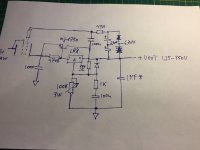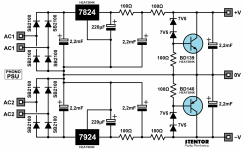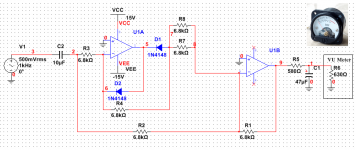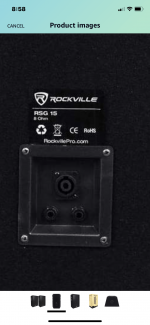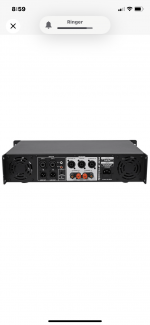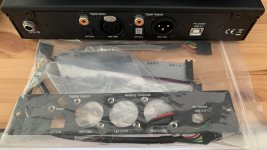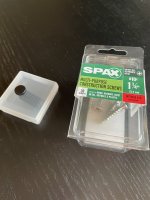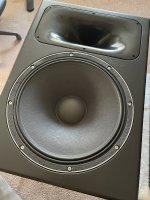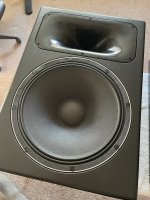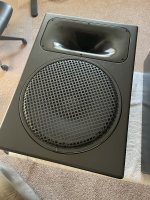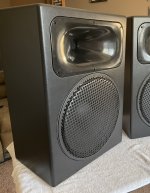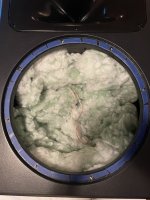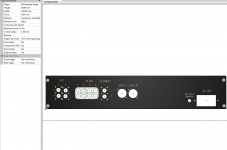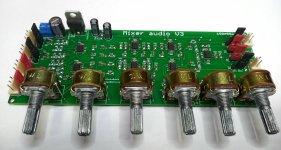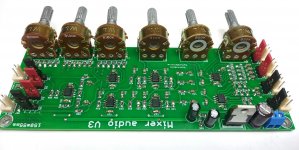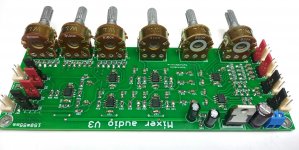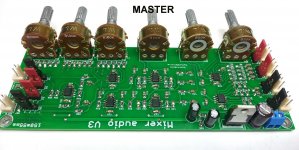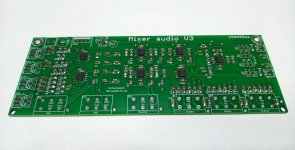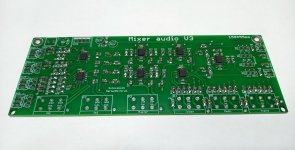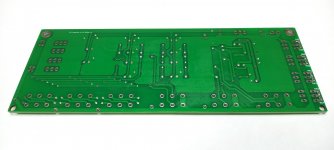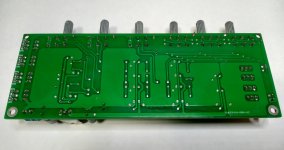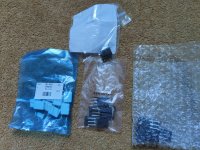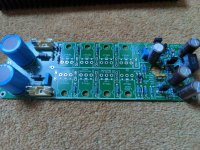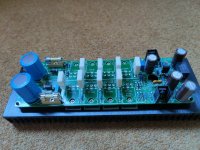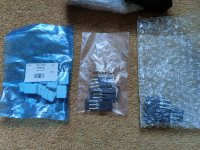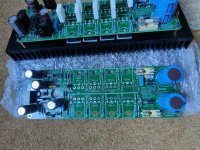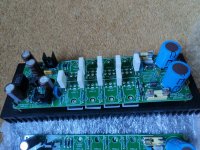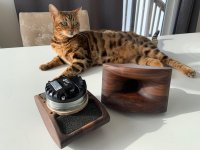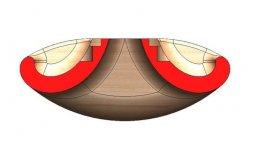Hi everyone,
I recently came into ownership of a "Park mixer", as pictured below. This is an 8 channel mixer with no power amplifier. There are no model numbers or any other markings on it, other than a few stickers indicating it went through the hands of a couple Swiss businesses at some point ("Werner Ernst Musique" in Montreaux and "Sacher Music" in Basel, who probably serviced it given that their sticker is on the inside.)
My interest was piqued because of the relationship between Park and Marshall gear from the 1960s and 1970s. (i.e., basically the same, with a few tweaks, formed as a means of circumventing an exclusive distribution deal for Marshall-branded products) As best I can tell, this particular mixer was made around late 1971 or early 1972, since the date code on one of the capacitors is "71 42". I'm guessing it was meant to serve as the head unit to a number of power amplifiers. Sadly, there were no power amps attached to this.
I haven't yet had a chance to sit down and trace out any sort of schematic, but a few things stick out from my preliminary observations:
- There are two magnetics: A fairly hefty Partridge power transformer, of unknown secondary voltages, and what looks to be a filter choke with no markings. The choke looks similar to the PT, so I'm guessing it's also from Partridge.
- There's a lot of filtering on this -- two giant 33,000µF @ 40V caps, and four "smaller" can caps. I wasn't able to read all their values, but it looks like at least two are 50+50 @ 450V. At least one of the caps is shot, and has released the magic.
- Each channel seems to have a Marshall-branded ECC82, which I'm guessing are originals. There's one other valve which is a Tungsram, also ECC82, in what I'm guessing is a volume control / channel mixer role.
- There are two output jacks, but it's not stereo. They're wired in parallel.
- Looking at each of the channels it looks like some of the components have seen better days. But there's no obvious damage from hack jobs or bad repairs.
- The "monitor selector" switch has 8 positions; without plugging it in, I believe this will choose the channel that appears on the volt meter. I find it a bit strange that there are two scales on the volt meter, and no obvious way to select the sum of the channels to monitor?
To be honest, I picked this up because the price was right, and I wanted to get a second look at it particularly since it seems like it's a pretty rare piece of kit. I'm not really sure what to do with it, though. I imagine some guitarist would find it quite fun to have (8 "Marshall" pre-amps with an echo effects loop) but would require a bit of investment to fix up and re-cap.
I thought I would post this here, both to see if anyone has any info on this, and also as a place to document this piece of equipment for anyone who finds something similar in the future. After spending days scouring the web I could find absolutely zero mention of anything like it. I could see that Marshall themselves made PAs and some mixers around this time, but nothing quite like this, so it's not just a rebranded Marshall. Perhaps this was a one-off or limited run? Given that it's a "Park" could this be a custom job, branded as such to get around the Rose-Morris distribution deal so they could sell it direct? Park catalogues or any sort of promo material is very scarce, as far as I can tell.
(I find the connection to Montreaux especially interesting, given what was happening around there at the time this was made, but that's just me daydreaming... Who might have played through this? 🙂 )
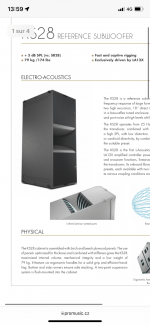
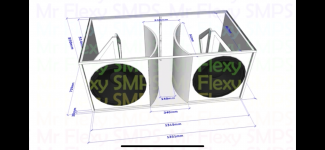
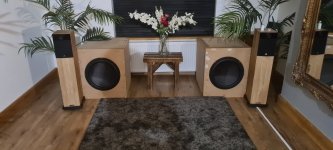
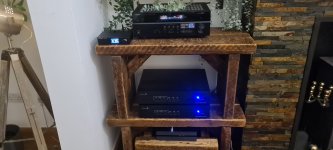
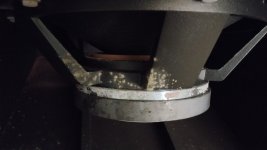
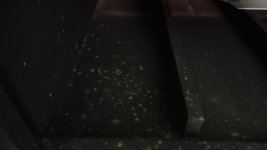

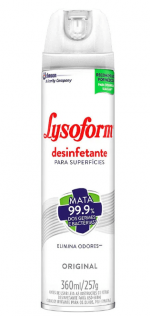
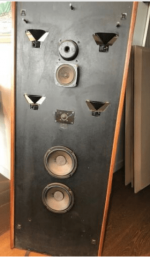
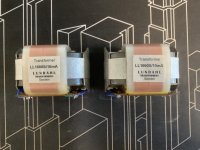
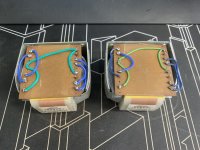
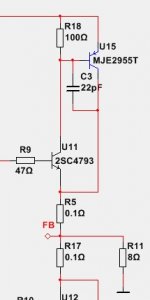
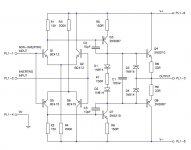
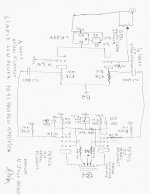
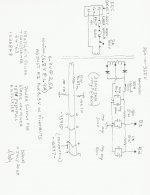
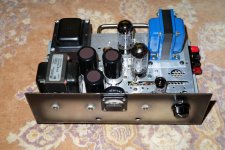
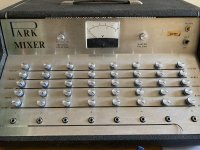
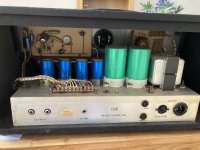
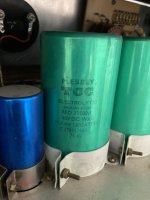
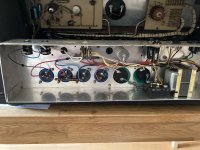
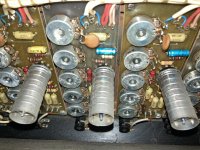
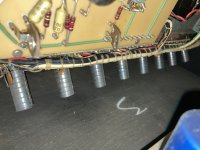
.png)

